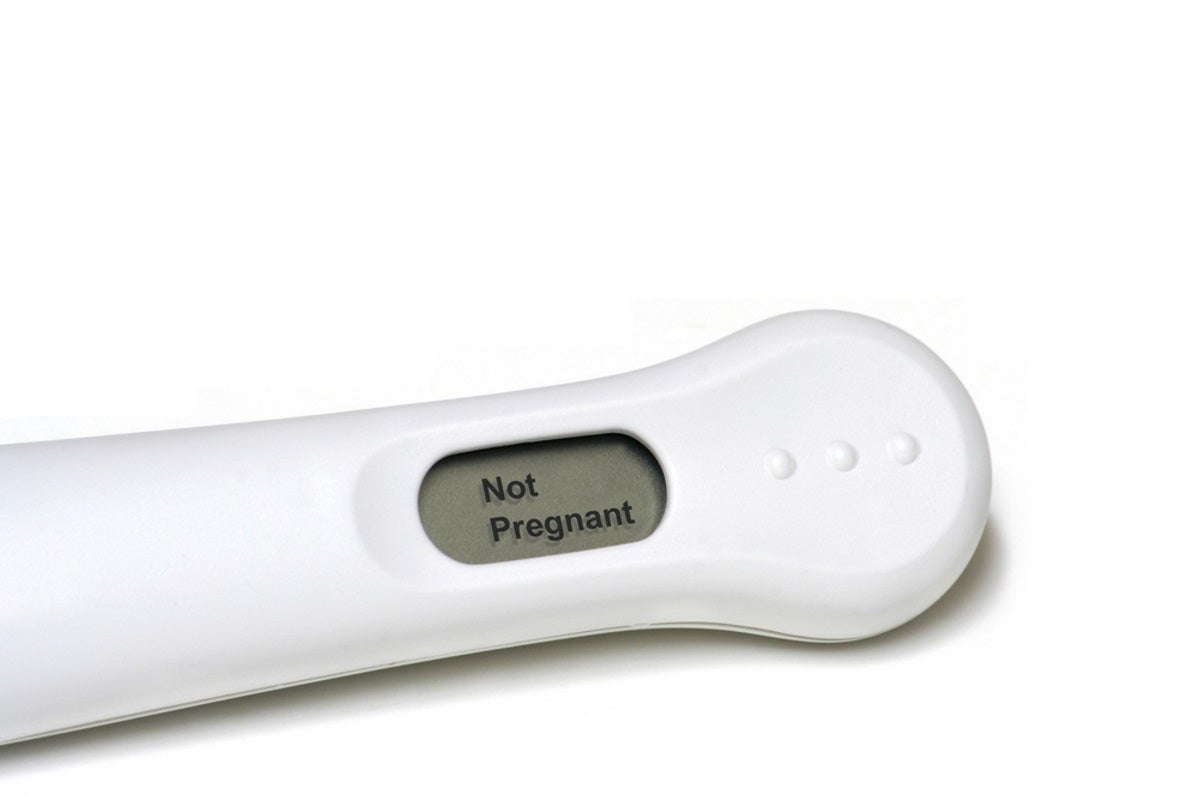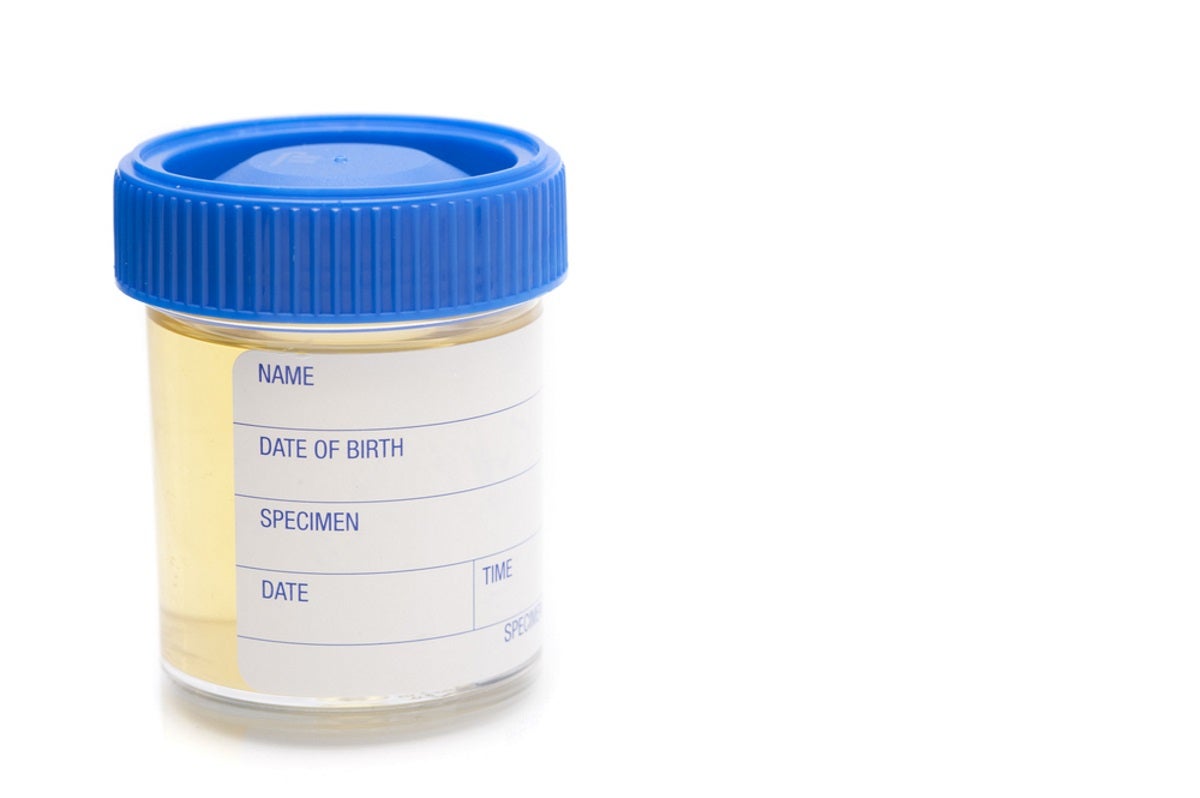Uterus Transplantation Is a Promising Advancement Within Reproductive Medicine
The Cleveland Clinic in Ohio has begun the first ever clinical trial of uterus transplantation in the United States. This groundbreaking study includes 10 women with uterine factor infertility (UFI). This condition means a woman was born without a uterus— a condition that affects 1 of every 4,500 newborn girls— has lost it via hysterectomy, or their uterus does not function normally. For all these women, traditional pregnancy is not possible.
The decision to start clinical trials in the U.S. comes after a string of successful transplants and births in Sweden. A team at the University of Gothenburg in Sweden were successful in their organ transplants, witnessing a uterus transplant birth in September 2014. They’ve performed a total of nine transplants, resulting in five pregnancies and four live births.
“Although there appears to be potential for treating UFI with uterine transplantation, it is still considered highly experimental,” said Tommaso Falcone, MD, Ob/Gyn & Women’s Health Institute Chair, said in an article published in Health Essentials, a Cleveland Clinic publication this November. “Cleveland Clinic has a history of innovation in transplant and reproductive surgery and will explore the feasibility of this approach for women in the United States.”
The clinical trial will use a multidisciplinary team of experts including reproductive and transplant surgeons, infertility and in vitro fertilization specialist Rebecca Flyckt, MD, and high-risk obstetrician Uma Perni, MD.
“Study participants will also benefit from the full support of a team of Cleveland Clinic doctors, psychologists, social workers, patient advocates and bioethicists,” Dr. Flyckt explained in the Cleveland Clinic story. A donor and recipient must have matching blood type and tissues to qualify, and Cleveland Clinic decided on only taking uteri from deceased donors. It’s thought that as many as 50,000 U.S. women might be potential candidates for the procedure.
The process is complicated and time-consuming. Using in vitro fertilization, the woman’s own eggs would be fertilized with her partner’s sperm and frozen. When she has 10 frozen embryos, she would be put on a waiting list for a transplant, the New York Times reports.
The babies are born via caesarean section to reduce strain on the transplanted organ. If the entire procedure of transplant, pregnancy, and birth is successful, after one to two babies, the woman undergoes a hysterectomy to remove the donor uterus. This allows her to stop taking anti-rejection drugs and reduces her long term exposure to the medications. Dr. Alan Lichtin, chairman of the Cleveland Clinic’s ethics board said, “This is really pushing the envelope. But this is the way human progress occurs.”
“Unlike any other transplants, [uteri] are ‘ephemeral,'” Dr. Tzakis explained. “They are not intended to last for the duration of the recipient’s life, but will be maintained for only as long as is necessary to produce one or two children.”
Dr. Tomer Singer is a reproductive endocrinologist at Lenox Hill Hospital in New York City. He said undergoing a uterus transplant “opens the door to an innovative and promising advancement within reproductive medicine. We believe that tens of thousands of women will benefit from this advancement in the future, while realizing that there are still challenges to overcome before we offer this procedure routinely.”
The future of science and technology leads our bodies to be able to do incredible things, like give birth when we once thought it impossible. We at Nevada Surgery and Cancer Center can’t wait to see how this changes the lives of women who may now become mothers.
For more information on our services and treatments, visit our website or call 702-739-6467.






